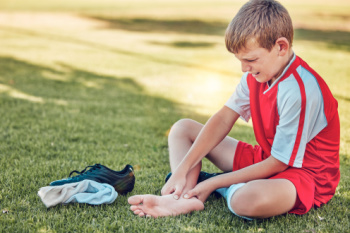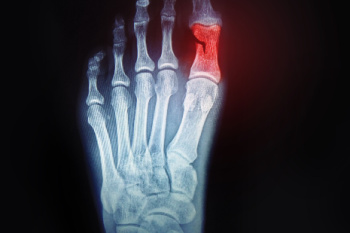
The aging foot endures tremendous stress over a lifetime, often covering around 110,000 miles by age 80. With age, many experience foot issues such as toenail disorders, bunions, hammertoe and corns, in addition to calluses, ankle arthritis, gout, and diabetic ulcers. These problems can contribute to falls, frailty, and a shift from independence to dependence, particularly if left unaddressed. Unfortunately, many elderly individuals avoid seeking treatment, assuming these issues are inevitable or trivial. However, regular foot care can make a significant difference in comfort, mobility, and quality of life. Having a chiropodist as part of one's healthcare team helps ensure prompt management, from toenail trimming to more complex interventions. Effective elderly foot care can reduce fall risk, relieve pain, and maintain independence. If you are elderly or taking care of an elderly person, it is suggested that you visit a chiropodist as consistent foot care can support seniors in staying active, independent, and less vulnerable to falls and complications.
Foot problems can become increasingly common as we age, making everyday foot care especially important. To learn more about maintaining proper foot health, please consult with one of the specialists from Thornhill Foot Clinic. Our chiropodists will assess your condition and provide you with quality foot and ankle treatment.
Common Foot Problems
Certain foot problems may be more likely to affect older adults.
Some examples of foot conditions that can be common in older adults include:
Dry, cracked skin
Calluses and corns
Blisters
Ingrown toenails
Deformities such as bunions or hammertoes
Fungal infections
Plantar warts
Systemic conditions, such as diabetes or arthritis, are also more likely to affect older people and manifest symptoms in the feet and ankles.
Daily Foot Care Tips
Having a daily foot care routine can help detect problems early on and prevent future issues.
Things that you can do at home to care for your feet include:
Washing the feet daily with warm water, drying them thoroughly, and then applying a moisturizer
Trimming the toenails straight across and not too short to prevent ingrown toenails
Performing daily foot exercises to improve foot strength and mobility
Wearing shoes when walking to avoid injury
Inspecting the feet daily for any cuts, scrapes, sores, or other abnormalities and seeking prompt treatment if any problems are discovered
If you have any questions, please feel free to contact our office located in . We offer the newest diagnostic and treatment technologies for all your foot care needs.









